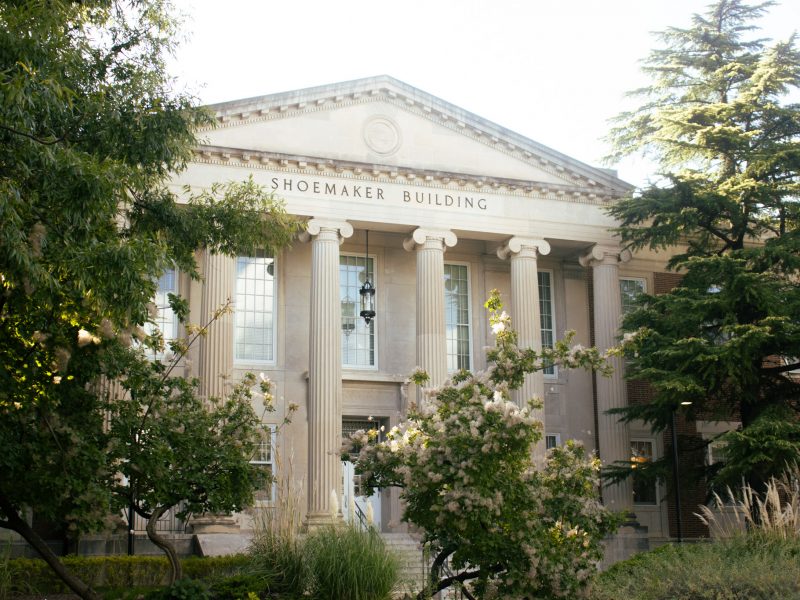By David DeWeaver
For The Diamondback
For Patricia Gruits, every building must have a purpose: improving lives.
Gruits, the senior principal and managing director of MASS Design Group — a Boston-based architecture collective — sees her work as a way of contributing to society’s well-being.
When MASS Design Group was approached more than a decade ago by the humanitarian nonprofit Partners in Health to design the first hospital in Burera, a northern district of Rwanda, their plan perfectly represented Gruits’ goals as an architect.
“Rwanda is beautiful. It is an incredibly comfortable place,” Gruits said. “The question and mission of that project really was: ‘Can a hospital heal?’”
But could that natural beauty improve patient outcomes?
Gruits asked questions like this on Friday at “Design for Impact,” a TED-style lecture at the University of Maryland.
[Read more: UMD students designed a solar-powered house. It’s been sitting unbuilt for a year.]
Gruits said Rwanda is known as the “land of a thousand hills,” with lush greenery and wide-open vistas, and that research suggested giving patients a view of nature could help them feel better. MASS responded by planting shrubbery around the hospital campus, as well as shade trees to help patients and their visitors sit outside comfortably.
They structured the rest of the space to minimize the transmission of disease by incorporating cross-ventilation to help improve the flow of air throughout the building.
MASS has since designed health care facilities in Uganda, Haiti and other countries. Its goals of preserving patients’ dignity and helping them feel good have remained the same.
“We should try to find out ways to have conversations and try to articulate the value of design and the impact that it can have,” Gruits said.
The architecture building was full of students taking notes, absorbing Gruits’ message. Afterward, several talked about the social problems they wanted to solve through design.
Senior architecture major Brian Houstle is the president of Roots Home & Abroad, a student organization working to design a community center in Haiti.
“Changing the way we look at the whole infrastructure of ‘what does it mean to be an architect?’, and where is that involved in the design process, is sort of where I’m trying to gear my career,” Houstle said.
Jennifer Pineda, a junior architecture major, said she was impressed by the way MASS used local labor and materials in all of their projects.
“I think it’s really impressive how the community helped out and built all these buildings out of scratch and used these old techniques,” she said. “I thought it was very crazy.”
Pineda said she wants to go to Guatemala, where a volcano eruption last year destroyed homes and killed hundreds of people. Pineda said that as a poorer country, Guatemala could use some help with reconstruction.
“In the United States, we have so much technology to help us,” she said. “You never think about what other people have to do to actually build a building, you know?”
Junior architecture major Alex Peña said medicine was not the only means to heal society.
Peña, who has tinkered with Legos and building design since childhood, wants to design the world’s first net-zero carbon emissions skyscraper. But he also wants to design projects for the homeless.
“Some people have different opinions on that, whether or not that’s a good thing to do or a bad thing to do, but it’s one of the things I’m interested in,” Peña said. “I think the role of an architect should be to design to help the world.”



